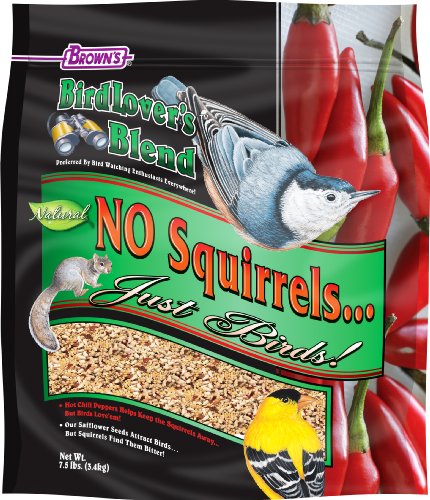If you consider your pet as a family member, as I do, read this section when your pet is traveling as cargo.
Fees and restrictions vary from airline to airline.
The goal is for your animal to be stress free before, during, and after the flight. You can accomplish this by preplanning your trip and taking into consideration the point of origin, transfer, and destination airports:
1. Will your animal be accompanied or unaccompanied?
2. What time of day are you flying?
3. How hot or cold will it be at every airport you are visiting?
Your pet will be in a pressurized, heated cargo department of the aircraft.
KENNEL CHECKLIST
1. Attach Live Animal labels and your pet's name on the top and side of the kennel.
2. One adult dog or cat or no more than two puppies or kittens younger than six months old and less than 20 pounds per kennel. Airline restrictions may vary.
3. Indicate your name and address on the kennel.
4. Mark or label the kennel with "This End Up" or directional arrows.
5. Secure food and water dishes inside and make them accessible from the outside.
6. Line the inside with absorbent material or bedding.
7. Supply a food and water schedule. The airlines will feed your pet at your request; however, they do not supply the food or water.
8. Your pet's health documents must be current and compliant with local, state, and federal regulations. Ask your veterinarian to provide a health certificate no more than 30 days before departure if your pet is traveling as carry-on and 10 days if by cargo.
9. Check with your airlines for temperature restrictions. During the summer months, fly early morning or late evening to accommodate your pet.
10. Book a direct, nonstop flight and avoid weekend travel.
11. Make your flight arrangements in advance, notifying the airlines you will be traveling with a pet. Verify with the airlines that your type of pet is not restricted to fly.
12. Reconfirm with the airlines 24 to 48 hours before departure that you are traveling with a pet.
13. The USDA requires you must offer food and water within four hours before check-in. Some airlines require a signature stating this fact.
14. Verify with the airlines the drop-off and cut-off time for acceptance of your pet.
15. Your dog or cat must be at least eight weeks old and fully weaned before the airlines will allow it to fly.
16. The airlines will accept your pet at the ticket check-in counter and deliver it to the baggage claim area at the destination airport.
17. Fees for pet carry-on and checked baggage vary from airline to airline.
18. Follow USDA regulations when choosing a kennel for your pet. The kennel must be sturdy, well ventilated, and large enough for your pet to stand, lie down, and turn around easily. The kennel must close securely without special tools or locks.
19. Check with your airlines for availability of prescribed kennels at a fee.
20. Check if the destination state (such as Hawaii) has quarantine requirements for your pet.
21. Carry a leash with you; do not leave it in the kennel.
22. Do not take your pet out of its kennel while at the airport.
23. Mark the kennel with a phone number of a person at your destination if your pet is flying unaccompanied.
24. Freeze your pet's water dish before you leave.
25. Maintain full control of your pet while the airport screener is inspecting your pet and the kennel.

 Bird on a Branch: The Great Blue Heron
Credit: Anrod52 Photos
A Great Blue Heron is a
Bird on a Branch: The Great Blue Heron
Credit: Anrod52 Photos
A Great Blue Heron is a
 The Hamburg Chicken
Poultry BreedsThe Hamburg Ch
The Hamburg Chicken
Poultry BreedsThe Hamburg Ch
 How to Setup Your Aviary and Manage Your Birds
Organizing your AviaryAt las
How to Setup Your Aviary and Manage Your Birds
Organizing your AviaryAt las
 How to Make Homemade Bird Food Suet
How to Make Homemade Bird Food Suet
Ho
How to Make Homemade Bird Food Suet
How to Make Homemade Bird Food Suet
Ho
 Squirrel Proofing Bird Feeders
I am known as the “squ
Squirrel Proofing Bird Feeders
I am known as the “squ